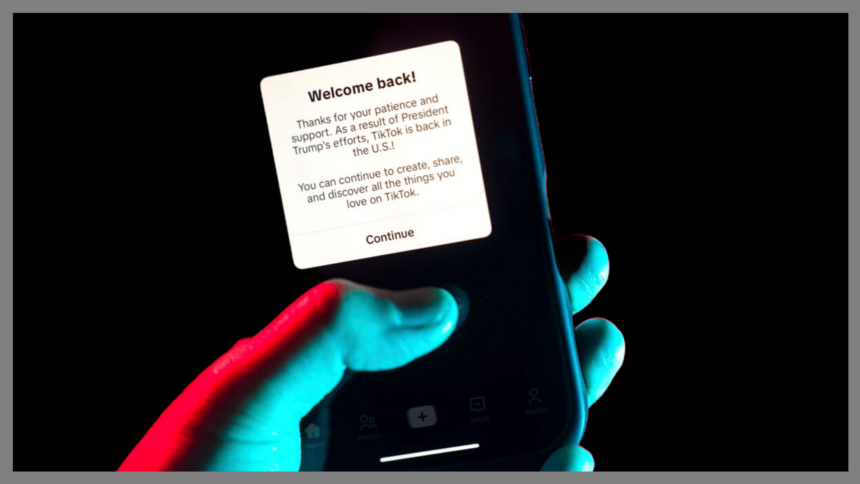TikTok’s availability saga in the U.S. continues. Starting an imposed legal ban, the app quickly restored access following a last-minute intervention by President-Elect Donald J. Trump. The situation remains fluid,. Discussions on a long-term solution to address security concerns and maintain the app’s presence in the U.S. are ongoing. Let’s dive into the latest developments surrounding the TikTok ban and what’s next for the platform.
What’s Happening & Why This Matters
TikTok Service Restored
After the ban was set in motion by the U.S. government, TikTok temporarily went offline on January 19, 2025. The app was removed from Apple’s App Store and Google Play, and users received messages indicating that TikTok was no longer available. However, just hours later, the app reported a revival. TikTok’s response, citing “necessary clarity and assurance” from President Trump, allowed the platform to resume service. The app no longer displayed shutdown messages but showed “No internet connection” before returning to normal operation.
TikTok expressed its relief and gratitude in a statement, saying, “This is a strong stand for the First Amendment and against arbitrary censorship.” The app further stated that it would work with the U.S. government on a long-term resolution. It seems that Trump’s assurances were key in reversing the ban’s immediate impact.
President Trump’s Role in the Restoration
President Trump’s involvement played a pivotal role in delaying the full enforcement of the ban. In an executive action, Trump extended the period before the law’s prohibitions took effect; the executive order buys time for further negotiations. The delay was initially seen as a way to prevent disruption during key events, such as the inauguration while providing room for a potential deal on TikTok’s ownership structure.
The U.S. government has long expressed concerns about TikTok’s ownership by China-based ByteDance, citing national security risks. Trump’s proposal suggested a joint venture allowing U.S. entities to hold a significant stake, intending to ease security concerns. This intervention, however, did not guarantee TikTok’s future in the U.S., and the platform’s ownership structure remains a key issue for lawmakers.
Implications
Despite TikTok’s temporary restoration, the legal challenges are far from over. The law mandating TikTok’s ban remains in effect — pending a deal or resolution. While TikTok has stated it has no plans to sell, discussions continue about the possibility of a sale to a U.S.-based company to resolve national security concerns.
Whether TikTok’s access can continue beyond the short term hinges on further political and legal developments. TikTok has made its case against the ban, arguing that it would result in a massive loss for U.S. users and creators. The video-sharing service faces future legal challenges if TikTok’s ownership structure doesn’t change.
As of now, TikTok continues to operate, but the future remains uncertain. The app could still face restrictions if a sale or joint venture doesn’t materialize. U.S. users are exploring alternatives to TikTok via Instagram, YouTube Shorts, and Snapchat. These competitors provide comparable video-sharing features but have matched TikTok’s addictive algorithm.
For now, users should enjoy TikTok’s return while monitoring the finalization of its U.S. future. The platform’s ability to maintain its dominance in the U.S. may depend on the outcomes of legal, political, and business decisions.
TF Summary: What’s Next
As the TikTok-U.S. saga continues, the outcome remains unclear. The platform’s ability to remain operational will depend on negotiations about its ownership and regulatory concerns. Users and creators need to stay informed about potential changes. Whether TikTok can secure a U.S. future or face a permanent shutdown is to be determined.
— Text-to-Speech (TTS) provided by gspeech


